المحتويات
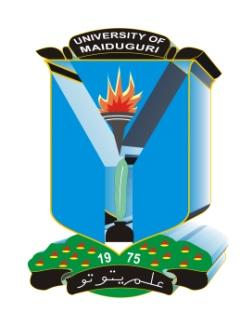
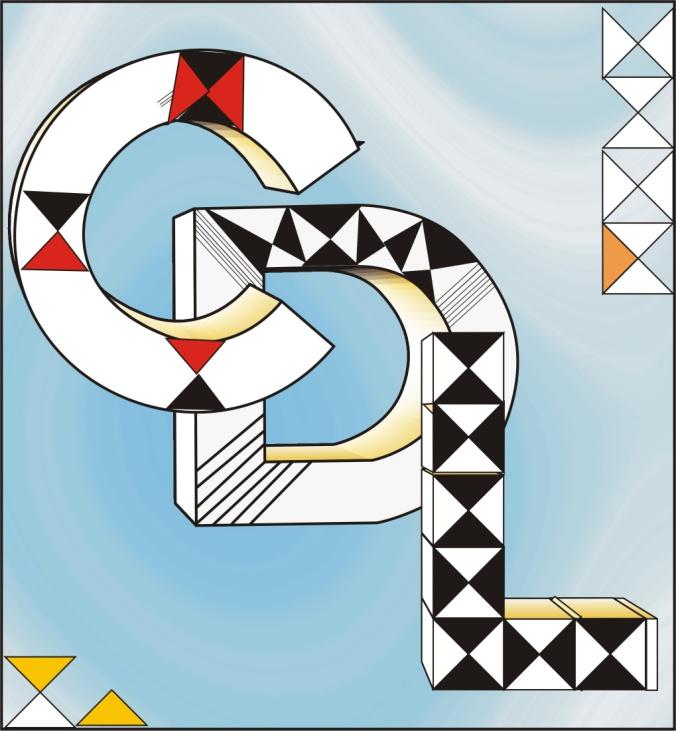
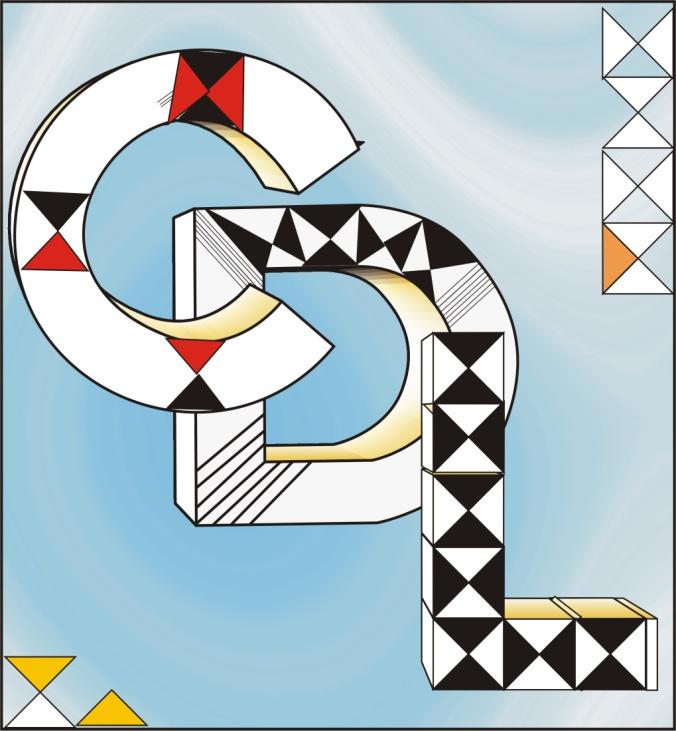
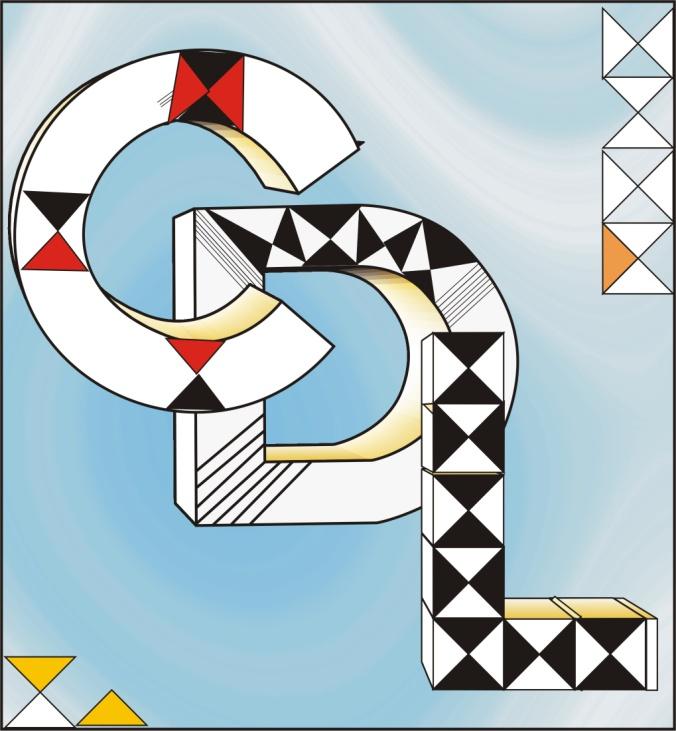
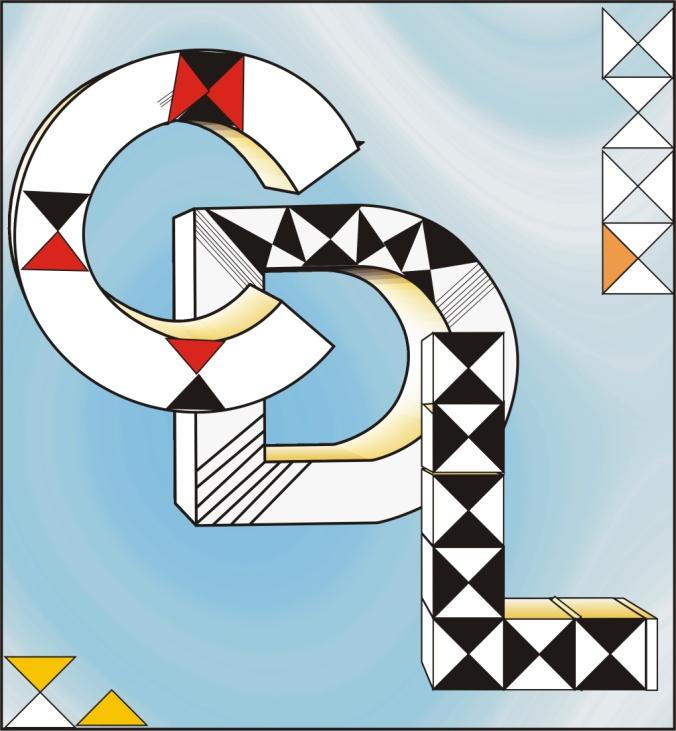
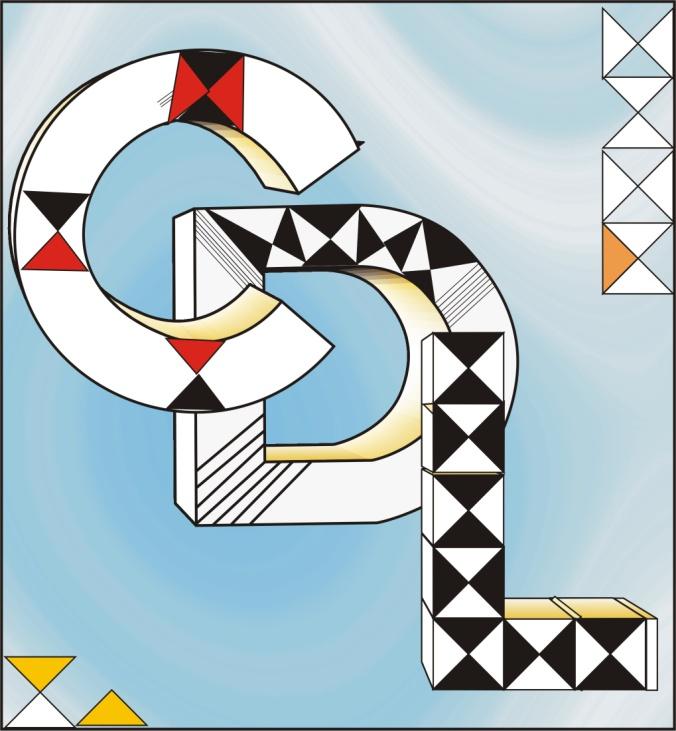
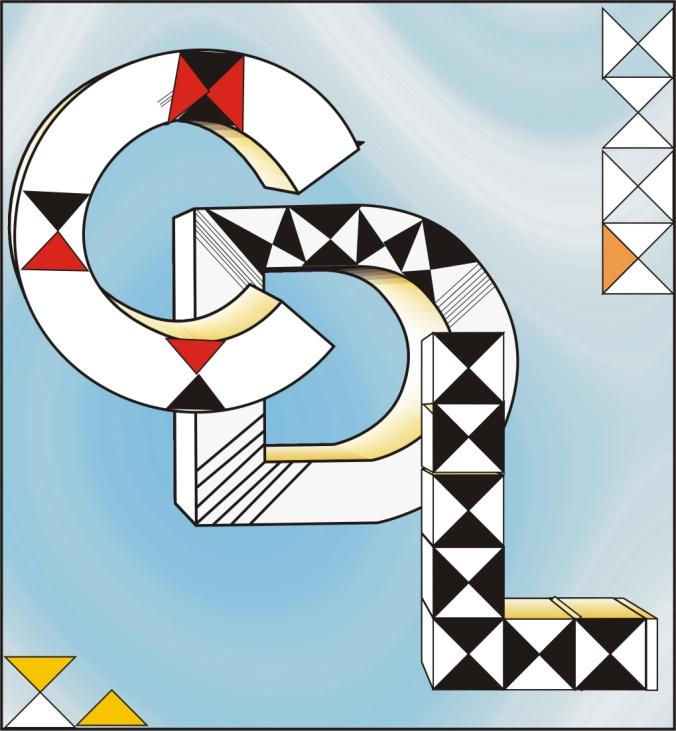
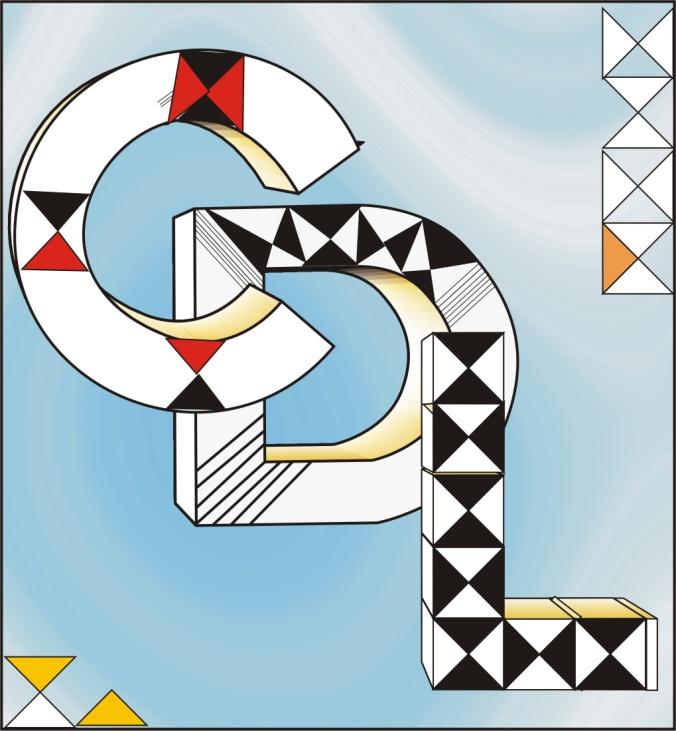
UNIVERSITY OF MAIDUGURI
Maiduguri, Nigeria
CENTRE FOR DISTANCE LEARNING
HED 207 DRUG AND ALCOHOL EDUCATION UNIT: 2
DRUG AND ALCOHOL EDUCATION
Published 2010
Al rights reserved. No part of this work may be reproduced in any form, by mimeograph or any
other means without prior permission in writing from the University of Maiduguri.
This text forms part of the learning package for the academic programme of the Centre for
Distance Learning, University of Maiduguri.
Further enquiries should be directed to the:
Coordinator
Centre for Distance Learning
University of Maiduguri
P. M. B. 1069
Maiduguri, Nigeria.
This text is being published by the authority of the Senate, University of Maiduguri, Maiduguri –
Nigeria.
ISBN:
978-8133-
CDL, University of Maiduguri, Maiduguri
DRUG AND ALCOHOL EDUCATION
This study unit has been prepared for learners so that they can do most of the study on their
own. The structure of the study unit is different from that of conventional textbook. The course
writers have made efforts to make the study material rich enough but learners need to do some
extra reading for further enrichment of the knowledge required.
The learners are expected to make best use of library facilities and where feasible, use the
Internet. References are provided to guide the selection of reading materials required.
The University expresses its profound gratitude to our course writers and editors for making this
possible. Their efforts wil no doubt help in improving access to University education.
Professor M. M. Daura
CDL, University of Maiduguri, Maiduguri
DRUG AND ALCOHOL EDUCATION
HOW TO STUDY THE UNIT
You are welcome to this study Unit. The unit is arranged to simplify your study. In each
topic of the unit, we have introduction, objectives, in-text, summary and self-assessment exercise.
The study unit should be 6-8 hours to complete. Tutors wil be available at designated
contact centers for tutorial. The center expects you to plan your work wel . Should you wish to
read further you could supplement the study with more information from the list of references
and suggested readings available in the study unit.
PRACTICE EXERCISES/TESTS
1. Self-Assessment Exercises (SAES)
This is provided at the end of each topic. The exercise can help you to assess whether or
not you have actual y studied and understood the topic. Solutions to the exercises are provided
at the end of the study unit for you to assess yourself.
2. Tutor-Marked Assignment (TMA)
This is provided at the end of the study Unit. It is a form of examination type questions
for you to answer and send to the center. You are expected to work on your own in responding
to the assignments. The TMA forms part of your continuous assessment (C.A.) scores, which wil
be marked and returned to you. In addition, you wil also write an end of Semester Examination,
which will be added to your TMA scores.
Final y, the center wishes you success as you go through the different units of your study.
CDL, University of Maiduguri, Maiduguri
DRUG AND ALCOHOL EDUCATION
INTRODUCTION TO THE COURSE
CDL, University of Maiduguri, Maiduguri
DRUG AND ALCOHOL EDUCATION
DRUG AND ALCOHOL EDUCATION
TABLE OF CONTENTS
HOW TO STUDY THE UNIT
INTRODUCTION TO THE COURSE
CONCEPT OF DRUGS
TACKLING THE DRUG PROBLEMS -
CULTURAL PERSPECTIVES OF DRUG ADMINISTRATION-
SOLUTION TO EXERCISES
CDL, University of Maiduguri, Maiduguri
DRUG AND ALCOHOL EDUCATION
TABLE OF CONTENTS
CONCEPTS OF DRUGS
1.3.1 CONCEPTS OF DRUGS
SELF-ASSESSMENT EXERCISE
SUGGESTED READING
CDL, University of Maiduguri, Maiduguri
DRUG AND ALCOHOL EDUCATION
CONCEPTS OF DRUGS
INTRODUCTION The following subjects should be studied
Concepts of drugs Tackling the drug problems Cultural; perspectives of drug administration
At the end of the topic one should be able to:
i. Understand the concept of drugs
ii. Know how to tackle drug problems
iii. Know the cultural perspective of drug administration.
1.3.1 CONCEPT OF DRUGS
The science and art of treatment and perception of disease is prehistoric.
Ancient man has relied on natural products for the substances of life and had little or not knowledge of the medical values of natural products which were discovered by trials and error or by accident or by observation of the instruction discrimination of plants and ailments. The knowledge so acquired was tried and when found successful
was formulated into traditional medicine.
Such findings were repeatedly used over centuries and resulted in the
accumulation of a store of information on the medical values of herbs and thus laid down some foundation upon which modern medicine was build (Kainji, 1992). Drugs are not new phenomena in human history for thousands of years our ancestors have used drugs found in leaves, roots and herbs. The use of these drugs was purely medicinal and applied for relief of pain cure and control of diseases Bello (2000).
Infact, the advancement in science and technology has brought about
complete revolution in the concept of drugs and their applications drugs are no more in form of unmeasured quantity of leaves, roots and herbs as they used to be. Modern drugs are in refined forms measured easy to administer and effective for the purpose of cure and prevention of disease Bello (2000).
However, drugs can be classified as central nervous stimulants cardio
respiratory enhancers, and muscular enhancers (Adamu 1991).
Drugs are further grouped to non-medical drugs medical drugs and socio-
cultural drugs. Examples of non-medical drugs are cannabis and cocaine examples of
medical drugs are pain killers and antibiotics while examples of socio-cultural drugs include tobacco and kola nuts. Drug is a substance which by its chemical nature affects the structure and function of a living organism. This means that nearly all what man ingest, in heals or observes can be regarded as drugs.
Drug include medical over the counter drugs beverages drugs cigarettes, food
addictives and industrial chemicals (Dusek 1989) while carol (1989) described a drug
CDL, University of Maiduguri, Maiduguri
DRUG AND ALCOHOL EDUCATION
as a substance that enters the body structure of function. This include all foreign materials food, vitamins, plants, snake venom, air pollutants and pesticide.
1.3.2 TACKLING THE DRUG PROBLEM
To tackle the drug problem, one has to identify the different categories of
drug users and differentiate drug user form abuser and finally identify the difficulties involve in tackling drug problems.
a) A drug user is he/she who drinks cup of coffee drinks alcohol inhales smoke
or swollen tranquilizer.
b) A drug abuse refers to taking of drug that causes emotional or physical harm
to an individual.
c) Drug addiction refers to compulsive drug use
d) The taster – this refers to a low-dose intermittent drug use for the purpose of
feeling that belongs to a particular groups eg. Peer group in secondary school.
e) The clipper – this is a high dose intermittent user who imagines that during
f) The head – this a low - dose compulsive user of drugs. g) The treat – this is a high – dose composition drug user his/her level of
addiction in total.
Some difficulties in tackling drug problem include the slow pace at which the
judiciary motel out justice to suspected drug dealers.
Granting bail to some suspects and some of the dealers operate in syndicates.
Thus, dealers study the security at the various entry points and map out the entry points. In addition there is a high level of unemployment which leads to frustration of some young steps who in turn will turn to drug trafficking and delinquency.
1.3.3 CULTURAL PERSPECTIVES OF DRUG ADMINISTRATION
There term culture refers all social and physical human activities which have
an historical background. All human grounds have collective advances in these fields thus, are verbal communication getting food protecting against weather, technology and skill treatment of diseases family organization, government, religion and art.
However, almost in all cultures in Nigeria, before the emergence of
HIV/AIDS adolescence is the healthiest period of life and drug or other substances use and abuse are primary threat in life.
In Nigeria almost all human societies engaged in the practice of taking drugs
for either psychiatric; religion or social reasons.
However, in the Nigerian traditional society the use of drugs for self help and
treatment of ailment is normal. This is still acceptable in the contemporary society as advanced by the absence of legislation against self-medication.
Finally, it is important to note that these perception stand in dramatic contract
to the Western European and other responses.
CDL, University of Maiduguri, Maiduguri
DRUG AND ALCOHOL EDUCATION
SUMMARY The topic have given a clear concept of drugs and have attempted brief on tackling of drug problems in our contemporary society. The topic have further briefs on culture and drug administration in relation to culture.
SELF ASSESSMENT EXERCISE 1.
How does drug emanates as substances for sue to our contemporary society?
Briefly define the following terms:
The drug addictor e)
What leads to self medication among Nigerian?
Ayanniy et al (2004) Alcohol Drugs and HIV/AIDS. National Open
University of Nigeria (NOUN).
SUGGESTED READING
Olawale, (1999). Essentials of Human Kinetics and Health Education
published by C.P. Ibadan.
CDL, University of Maiduguri, Maiduguri
DRUG AND ALCOHOL EDUCATION
TABLE OF CONTENTS
EFFECTS OF MAJOR PSYCHOACTIVE DRUGS
SELF-ASSESSMENT EXERCISE
SUGGESTED READING
CDL, University of Maiduguri, Maiduguri
DRUG AND ALCOHOL EDUCATION
EFFECTS OF MAJOR PSYCHOACTIVE DRUGS
In this topics we shall know the effects of psychoactive drugs and the linkage of drug abuse and STD and the intervention programme against drug abuse.
OBJECTIVES At the end of this topic you should be able to:- i.
Know the general effect of psychoactive drugs
Know the linkage between drug abuse and STD
Know what is involve in intervention programme against drug abuse.
2.3.1 Psychoactive Drugs and Its Effect
Psychoactive drugs is the one that change users thinking, feeling, perception
and behavior because of its action on the brain. Most popular drugs of abuse are psychoactive drugs and they are always prohibited possession (for trade and use) in many societies among the psychoactive drugs are:
a) Depressant (other wise called sedatives)
They row down the processes of the central nervous system. They relax or tranquilize the person and produce sleep e.g Alcohol, barbiturates and anti-anxiety drug (valium).
These are chemical substance that generally speed up central
nervous system function, resulting in alertness and excitability e.g Cocaine. Amphetamine, caffeine and nicotine. It is present in coffee, tea, cocoa and cola drinks sometimes.
These are substances which have depressant effects on the
contrast nervous system (CNS) e.g Cocaine, opium, morphine and heroin codeine, its users feel drowsy, nausea and vomiting.
d) Hallucinogens (psychedelics) There are chemical substance which produce
radical changes in the mental state of an individual. They are characterized by vivid imaginary hallucination and distortion of the persons awareness of reality e.g LSD and marijuana.
2.3.2 Psychoactive Drugs Among Adolescents
The growing problem of psychoactive drugs has sent many adolescents to
psychoactive hospitals in Nigerian and gives the government sleepless night with hard drug users. Relatively.
Year of conviction of drug trafficker is doubled outside the country and on
arrival such convicted person are tried again and sentenced to years imprisonment. Ideally adolescents does not invent the ideas of drugs but lent it from individual around him. Psychoactive drug leads adolescent life to be meaningless and directionless as reported by Harlow (1986).
CDL, University of Maiduguri, Maiduguri
DRUG AND ALCOHOL EDUCATION
However, the social roots of drugs use are equally significant especially among
adolescent thus, that the peer influence provide and / or established the social context for their use. Thus, if adolescent friends use drug, they too will uses if friends do not the temptation may not even arise. In fact drug use of welt known role models such as the football geniun Diago Maradona (who actually served a prison term for
the use of alcohol and cocaine) and the boxing hero, Mike Tyson (who was convicted for drug abuse) make psychoactive drugs attractive to adolescent.
2.3.3 Linkage Between Drug Abuse and STD
Sexual promiscuity among adolescents can arise as an adjustment towards
anxiety generated by conflict. Sexual promiscuity predisposes adolescent to infection of venereal disease premarital sex is practiced by both sexes with reckless abandon.
The situation has even been worse by economic pressure such that many women trade on sex and so constitute healthy carries of venereal disease. This aspect of threat to adolescents well-being emanates from secretive attitude of the youths in handling such infection.
The tendency is toward self-mediation with severe consequences on the health
of the youth. Relatively Dr. Nasir Gwarzo, the coordinator of the National AIDs and Sexually Transmitted infection control programme (NASCP) reveals that new adult AIDS cases in all ages in 1998 was 158, 598 with new cases in children alone
accounting for 55,636 and estimated cases in women reaching 79,299 Deaths estimated to occur by the end of 1998 pediatrics would be 55,107 with female death and adult death generally reaching 69, 641 and 139,282. The estimated number of children under 15 years that would be orphaned by parental death in 1998 would be 183,601 while the cumulative orphans under same age group by the end of 1998 would be 610,540. However, the linkage of drug abuse and STD should be taken for granted. Thus, sue of drugs including alcohol, creates psychological changes that leads to risky sexual behaviours.
A drug user or an addict becomes so beastly that he does not distinguish an
adult and a child. It is reasoning and vision are so distorted that among female no matter her age is a women with whom he could copulate. Such indiscriminate sexual abuse leads to unwanted pregnancies and the contraction of sexually transmitted infection.
2.3.4 Intervention Programme Against Drug Abuse
The increase in the abuse as a result of revolution in pharmacology (Adegoke
1993). He observed that the availability of mood modifying chemical substances and the desire for constant pleasure and the need to obtain form stressful situations are some of the factors responsible for drug abuse within our societies.
However, the National drug law enforcement Agency has succeeded in
controlling the aspect of drug supply as recorded in the reduction in number of people being arrested for drugs trafficking. In addition in the area of demand reduction the agency has put in place several programmes for creation of awareness on the dangers associated with drug abuse.
CDL, University of Maiduguri, Maiduguri
DRUG AND ALCOHOL EDUCATION
Furthermore, parents should act as a role models. Many studies have
indicated that there are positive correlation between parental drug use and the sue to marihuana by the youth. Similarly teachers too should do well to put an end to drug abuse in all schools. In this connection, the Federal Ministry of Education is engaged in the introduction of drug prevention, education in all schools as well as the
formation of drug free clubs. In addition both public authorities and voluntary organizations must be involved, international organization such a the World Health Organization (WHO) the international poline (Interpol). Individual companies and other organizations should make voluntary contribution.
SUMMARY This topic briefs on major effects of psychoactive drugs and summarily
discusses the relation of the psychoactive drugs with adolescents. The topic also deals with the linkage of drug abuse and STD and how the intervention programme against drugs contributed to the social life of Nigerians.
SELF ASSESSMENT EXERCISE 1.
Identify the psychoactive drugs and briefly write their effects.
How does drug abuse influence sexually transmitted disease?
What are the contributions of drugs intervention programme to drug
Ayanniy et al (2004) Alcohol Drugs and HIV/AIDS. National Open
University of Nigeria (NOUN).
SUGGESTED READING
Olawale, (1999). Essentials of Human Kinetics and Health Education
published by C.P. Ibadan.
CDL, University of Maiduguri, Maiduguri
DRUG AND ALCOHOL EDUCATION
TABLE OF CONTENTS
ALCOHOL AND ALCOHOLISM
3.3.1 Alcohol and alcoholism
3.3.2 Alcoholism among adolescents
3.3.3 Prevalence of alcoholism in Nigeria and its effect
3.3.4 Alcoholism as a social concern and intervention programme.
SELF-ASSESSMENT EXERCISE
SUGGESTED READING
CDL, University of Maiduguri, Maiduguri
DRUG AND ALCOHOL EDUCATION
ALCOHOL AND ALCOHOLISM
INTRODUCTION In this topic we shall know what is alcohol and alcoholism and how does it
exist among adolescent. The topic further highlights on prevalence of alcoholism in Nigeria and its effects among the society. It also briefs on alcoholism as a social concern and its intervention programme.
OBJECTIVES At the end of this topic one would be able to:- i.
Differential alcohol form alcoholism
Know how Adolescents use alcohol
Know the effects of alcohol
Know the intervention programme
3.3.1 Alcohol and Alcoholism
The term alcohol is defined as chemical compound composed of varying parts
of carbon hydrogen and oxygen. Alcohol is a depressant. Alcohol is produced by the fermentation of sugar by microorganism is particular by yeast.
The molecular weight of alcohol is 46 with the formular C2H5OH. It is very
soluble in water is also fat soluble and has a weak electric charge.
Alcohol is a chemical compound and is the active ingredient in beer, wine,
whisky,, gin, brandy etc. it appears in the blood within five minutes of its drink and disappears in an hour to two hours later (Alhassan 1991; 12:10).
The blood carries the alcohol to all parts of the body including the heart, liver,
lungs and the brain. The higher the concentration of alcoholic in a drink, the higher its concentration in the blood.
Alcoholics are people who have learned or depend on alcohol and are unable
to control their drinking.
While Alcoholism refers to the state of addiction to alcohol as well as to the
change in health that result from excessive drinking. Employers suffering form alcoholism are estimated to cost the nation billions of Naira in lost productivity cost.
However, it is also important to note that alcohol is associated with many
forms of ill-health, these include cirrhosis, acute and chronic intoxication, toxic sychoses, gastritis pancreatitis cardiomypathy and peripheral neuropathy.
3.3.2 Alcoholism Among Adolescents
Adolescents were influenced to take alcohol by certain factors:
- The adolescents boy/girl wishes to cope with is satisfaction frustrations and
failure by drinking.
CDL, University of Maiduguri, Maiduguri
DRUG AND ALCOHOL EDUCATION
- Some adolescent develop drinking habits in the context of socialization if
there are occasions when some of the people in a society drink, then the society has a social practice of alcohol use.
The occasion may be festive (holidays, birthdays), ceremonies (Wedding), social (partices) and so on.
If such occasions exist, then it follows that for some people (typically an age
limit is sent) and the members of the group would have opportunities to learn when and how to drink.
Some develop drinking habit in the bid to conform with peer group
Innocent student are (derived into drinking with the false beliefs that it
increase their level of courage towards wooding girls and meeting their girl friends.
Some adolescents believe it is the adult to do Others drink for the same reasons that they use drugs. It release in
habitations and tension and reduce stress.
Some adults use alcohol to alleviate anxiety or fatique, to remove bored
one or to induce sleep. It is also taken to escape from hostile threatening situation and remove mental and moral inhibitions.
3.3.3 Prevalence of alcoholism in Nigeria and its ef ects
The rate at which breweries and bear parlor are proliferating could serve as an
index of the among of patronage to alcoholism. One should also accept on the teeming youths of Nigeria – in rural areas and urban centre local drinks such as palm-wine, Burkutu, Pito and Ogogoro among others are very popular.
These drinks are used at any time of the day, all through any given week. This
explains the numerous sale points access the country.
However, in Nigeria today adolescent has enough problems in growing up
into manhood/womanhood without complicating the situation with alcohol which dulls the senses, distorts judgement and affects moral choices. Yet in many districts or local government across the country drinking is becoming associated in the minds of adolescent with growing-up being smart or being able to do what one pleases.
Furthermore, alcohol lowers the activity of the central; nervous system, it also
put people in a party mood, it impairs cognitive verbal and motor perceptions and depresses the capability of voluntary act.
In addition, alcohol predisposes one to fight threats, accidents psychological
problems such as violence, rape, sexual abuse, promiscuity and prostitutions.
Alcohol drinking leads to irritate the living of the stomach and produced
gastric, poor appetite, uneasiness associated with heavily drinking, unconsciousness, overall poor performance, uninspiring and disgraceful.
Alcohol some time leads to rising blood level, it increase rate of crimes,
absentees truancy, delinquency, hospitalization and mental and social problems (Odejide 1989).
CDL, University of Maiduguri, Maiduguri
DRUG AND ALCOHOL EDUCATION
3.3.4 Alcoholism as a Social Concern and Intervention programme
Alcohol represents a primary threats to health during adolescents, which is
usually one of the healthiest periods of life. Alcohol use to become a habit that cannot be controlled and thus, leads to dependency on the alcohol which in turn
leads the body to become immune to the consequences of drinking.
In addition, alcohol leads to accidental deaths family violent, child sexual
abuse, and birth defects. This results to social nuisance and pollution of health of the society. Nonetheless, alcohol depresses the brain centres that control judgment, inhibition and self-awareness and breaks down normal restrains consequences. Alcohol dependent youths are now being used as tools in the hands of criminals and undesirable elements in the community as thugs and paid assessions. Therefore, the need to fight this social menace among the general populace particularly the youth,
has become very imperative.
In ideal situation governments at national sub-regional, state and local
government level must change local policies affecting bill boards and posters that carry alcohol advertisement conference for alleges in relation to irreversible long-term effects of alcoholism, should be promoted.
SUMMARY The broif on alcoholism and defines the term alcohol extensively specifically
among the youth furthermore, the topic also talks on the prevalence of alcoholism in Nigeria and its effects finally alcoholism as a social concern is discussed in this lesson together with the procedure of intervention programme by either the government or private organization.
SELF ASSESSMENT EXERCISE 1.
Briefly define the following terms
What are the effects of alcoholism in the society.
What leads adolescent to take on alcohol?
Briefly state what alcohol carries as chemical compound.
REFERENCES Hong, J. (1971). The society and Drugs. London John Wiley and suns Inc.
SUGGESTED READING Willis, J.H. (1967). Drug Dependence: A study for nurses and social workers London
Dr. Ayanniy Alhassan (2004) HEM 606: Alcohol, Drugs and HIV/AIDS.
National Open University of Nigeria.
CDL, University of Maiduguri, Maiduguri
DRUG AND ALCOHOL EDUCATION
TABLE OF CONTENTS
SELF-ASSESSMENT EXERCISE
SUGGESTED READING
CDL, University of Maiduguri, Maiduguri
DRUG AND ALCOHOL EDUCATION
SMOKING AMONG ADOLESCENTS
INTRODUCTION The following topics shall be studied .
o Smoking among adolescents o Managing the smokers
At the end of this topic you should be able to:-
i. Know the details of an adolescents and the smoking experience.
ii. Know how to manage the smokers
4.3.1 Factors influencing Adolescents to take to smoking
Most adolescent begin to smoke in response to social pressures form peer.
Biological need leads smokers to be addictive.
Ignorance leads people to take to smoking.
Curiosity also leads to smoking.
People smoke to rebel against the control of their family.
Others smoke to take part in some undesirable. Act.
Persuasion by advertisements. Infact the immediate negative effects of in balance include nausea, coughing, nosebleeds, fatique, lack of coordinator, loss of appetite and sneezing. Thus, it may also lead to disorientation, violent behavior, unconsciousness or even death. It further leads weight loss, fatique muscle fatique and Downey be nervous system.
4.3.2 Managing the Smokers
Cigarette smoking is a social class habit. It is also a city dwellers habits. The
cities and major towns continue to be ahead of the rest of the settlement both in the members of smokers and in the average number of cigarettes smoked daily.
Smoking habits are established in the teens and in the great majority of cases
teenage smoker will become adult smoker.
4.3.3 Prevention Strategies
Reduce the toxicity of the agent (lower nicotine level)
Reduce dosage by smoking fewer cigarette inhaling les.
Reinforce national leadership by anti smoking campaign.
Control advertisement of cigarettes.
Increase taxation for cigarettes.
CDL, University of Maiduguri, Maiduguri
DRUG AND ALCOHOL EDUCATION
Enable people to become aware of the risk involve in cigarette smoking.
SUMMARY This topic has briefed on the influences factors that leads to cigarette smoking among or within the adolescents, the topic also emphasize on how to manage a smoker and given a detail of necessary prevention strategies of cigarette smoking.
SELF ASSESSMENT EXERCISE 1.
Briefly define the following terms
What are the effects of smoking in the society.
What leads adolescent to take on smoking?
Briefly state what tobacco carries as chemical compound.
REFERENCES Hong, J. (1971). The society and Drugs. London John Wiley and suns Inc.
SUGGESTED READING Willis, J.H. (1967). Drug Dependence: A study for nurses and social workers London
Dr. Ayanniy Alhassan (2004) HEM 606: Alcohol, Drugs and HIV/AIDS.
National Open University of Nigeria.
CDL, University of Maiduguri, Maiduguri
Source: http://www.unimaidcdl.edu.ng/?mdocs-file=745&mdocs-url=false
Elevated Serum Estradiol and Testosterone Concentrations Are Associated with a High Risk for Breast CancerJane A. Cauley, DrPH; Frances L. Lucas, PhD; Lewis H. Kuller, MD, DrPH; Katie Stone, PhD; Warren Browner, MD, MPH; and Steven R. Cummings, MD, for the Study of Osteoporotic Fractures Research Group Background: The relation between endogenous steroid
Case 5:08-cv-00479-PD Document 169-1 Filed 05/16/12 Page 1 of 66 IN THE UNITED STATES DISTRICT COURT FOR THE EASTERN DISTRICT OF PENNSYLVANIA KYLE J. LIGOURI and TAMMY L. HOFFMAN individually and on behalf of all others similarly situated, CIVIL ACTION NO. 5:08-CV-00479-PD WELLS FARGO & COMPANY, WELLS FARGO BANK, N.A., NORTH STAR MORTGAGE GUARANTY REINSURANCE COMPANY,








